
Developer: Impact Gameworks
Publisher: Doyoyo Games
Platform: Switch, PC
Tested on: PC
Flowstone Saga – Review
We thoroughly enjoyed Echoes of Wisdom, so after the credits rolled on Zelda’s latest adventure, we started looking for a similar title to scratch our itch. At first glance, it seemed like Flowstone Saga would be a great candidate. When we actually started playing this indie RPG, we found the game to be completely different from what we expected. What is Flowstone Saga like, and is it worth playing? Read on to find out.
Story
In Flowstone Saga’s story, players take on the role of Mirai, a young amnesia-stricken girl, who discovers the titular Flowstone on a small island. The stone is imbued with the magic of Flow, and whoever holds it is able to harness this magic. Being the good-natured girl that she is, Mirai wants to use the Flowstone to help the inhabitants of the island village of Ocean’s End. Of course, a magical MacGuffin like the Flowstone inevitably attracts the attention of all sorts of ne’er-do-wells. So, Mirai gets caught up in a sweeping adventure involving monsters, pirates, and the Byzankar Empire. Can Mirai defeat these evil forces, save Ocean’s End, and figure out the mystery of her own identity? Flowstone Saga’s narrative is best described as light on story but heavy on dialogue. The tale is light-hearted, predictable, and stuffed to the brim with clichés, making it easy to follow. However, that’s not stopping Flowstone Saga’s writers from cramming in as many text boxes as possible. At times it felt like we weren’t playing a JRPG but outright reading a visual novel instead. That’s not a complaint, mind you, as the writing is generally good and the cast is very likable.
Graphics
A mix of static anime portraits and pixel art brings the world of Ocean’s End to life. The pixel art looks good, with the environments in particular standing out. Some of the enemy designs fall flat, especially when it comes to generic grunts. This is balanced out by the NPC sprites, who look a lot better in comparison. Granted, our opinion of the NPC pixel art is influenced by their gorgeous hand-drawn portraits that are prevalent during dialogue scenes. Of course, you’ll also be staring at combat visuals. These can get tiresome after a while of playing because of how busy they are. There is a constant stream of over-the-top effects going on, and while we get that these are supposed to look impressive, the end result is just messy. Even so, Flowstone Saga’s performance was good, and we didn’t have any issues with lag or stuttering during our time with the game.
Sound
Given the sheer amount of dialogue in Flowstone Saga, we’d have liked voice acting, but this was not meant to be. We understand that developer Impact Gameworks opted not to include this, as it would have caused a massive strain on the game’s budget. Fortunately, Flowstone Saga’s soundtrack is able to do a lot of heavy lifting when it comes to imbuing the game with the emotional tone of each scene. Sound effects are plentiful too, especially in combat. Those SFX don’t really stand out, however, and end up coming across as generic instead.
Gameplay
The least you can say about Flowstone Saga’s gameplay is that it is different from other RPGs. At first glance, everything seems familiar: you’ve got your world exploration mechanics and quests, and dialogue-heavy storytelling, presented in a visual novel-esque manner. There are job classes for Mirai as well as a variety of equipment and upgrades that increase combat efficiency. There’s even an elemental system that lets you deal increased damage to enemies of certain types: water-based attacks are more effective to fire, for example. Up until this point, everything should sound familiar to anyone who has ever played a fantasy-themed RPG. What makes Flowstone Saga different then? Well, combat isn’t fought in your usual turn-based manner. Instead, Flowstone Saga’s combat mechanics are centred around… Tetris. No, really. Granted, Flowstone Saga does offer some twists and variations on standard Tetris gameplay, but the core of the combat mechanics is undeniably recognizable as the classic block puzzle game.
Those aforementioned twists and variations are directly tied to Flowstone Saga’s RPG mechanics. Clearing lines deals damage to an opponent’s HP, and Mirai’s abilities allow you to manipulate the blocks and the field. You could make it so that the next line you clear sets an opponent on fire, for example. Enemies have abilities of their own, making for an interesting back-and-forth. Tetris has stood the test of time, partially because of how simple it is. Flowstone Saga is able to take advantage of this simplicity by ensuring that its core mechanics are immediately clear to anyone, and the strategic elements that are sprinkled on top ensure that players remain on their toes at all times. If you still feel like it’s a bit much, Flowstone Saga also offers a so-called Hold Mode. In that mode, blocks don’t drop automatically and you are able to place them in a sort of turn-based way, with enemies only attacking after you place a block.
The Tetris-styled combat will take up the biggest chunk of time that you’ll spend with Flowstone Saga, but there is a bit more to the game than just a series of block battles. As you make your way through Mirai’s story, you’ll gather resources to improve Ocean’s End. There are also a handful of puzzle-filled dungeons, and in a not-so-surprising twist, those puzzles are block-based. Now, we did have the feeling that exploration was a bit on the basic side. Everything surrounding combat served more as a framework than anything else, but it’s still a hell of a lot more enjoyable than just endlessly playing block puzzles. One minor complaint we had was that you’re only able to save the game while you’re in the overworld. That’s something you’d expect from any RPG, but not being able to save mid-dialogue is a bit of an issue when certain dialogue scenes play out over half an hour. You can imagine then that a good chunk of Flowstone Saga’s 25-ish hour runtime is spent reading, more so than exploring your surroundings. The game’s RRP of €17.49 seems very reasonable at first glance, and in all honesty, we’d still say the game is worth that. The caveat is that Flowstone Saga is a block puzzle game first, a visual novel second, and a JRPG third, so you’ll need to adjust your expectations accordingly.
Conclusion
While Flowstone Saga didn’t scratch our Zelda itch, we thoroughly enjoyed it nonetheless. The unique RPG twist on Tetris, combined with the colorful cast made for a title that felt both familiar and unlike anything we’d ever played before. The game can get a bit too text-heavy at times, and had us wishing for an option to save mid-scene because of this. If you’re not a fan of lengthy dialogues, this one might not be up your alley. If you can get past this, however, you’ll find a very enjoyable and surprisingly memorable take on the classic Tetris formula here.

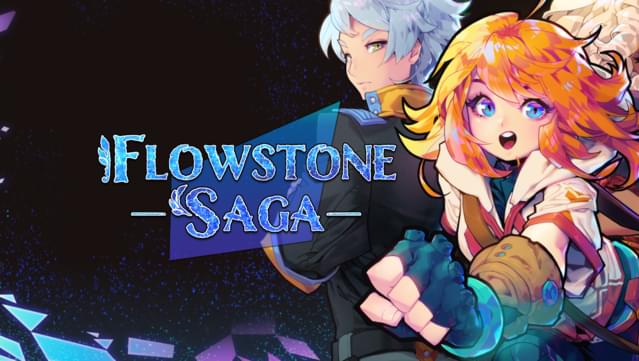
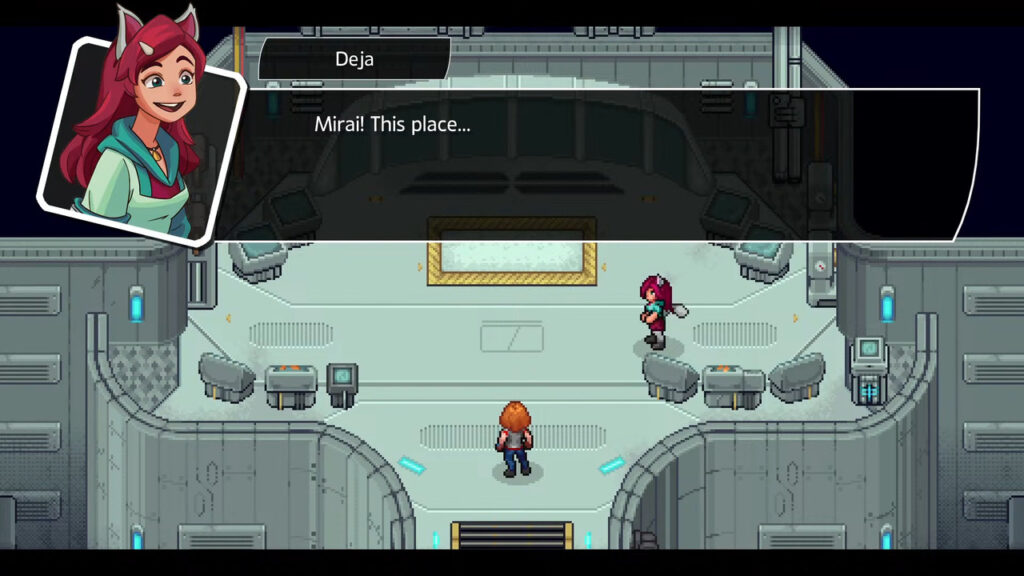
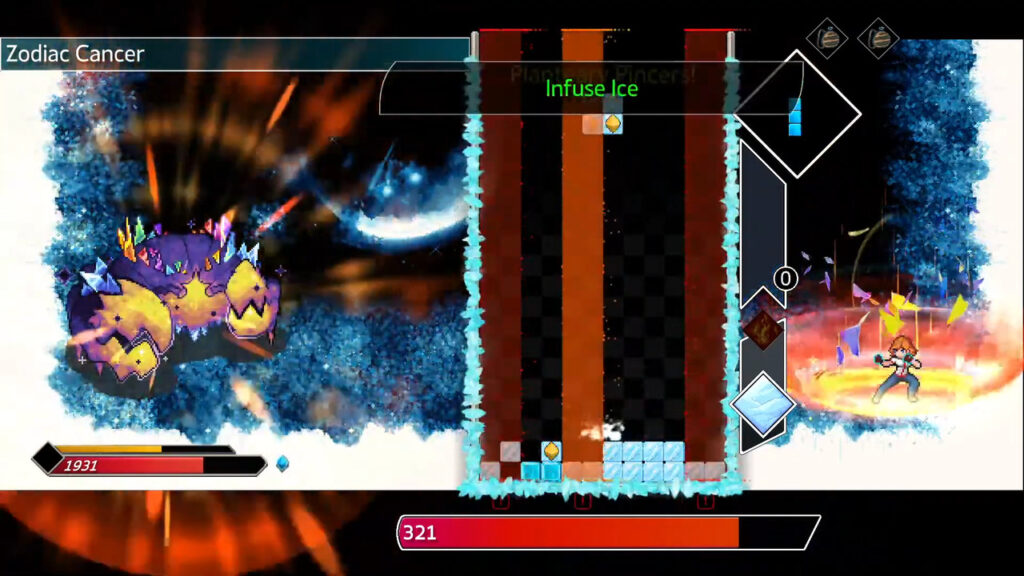
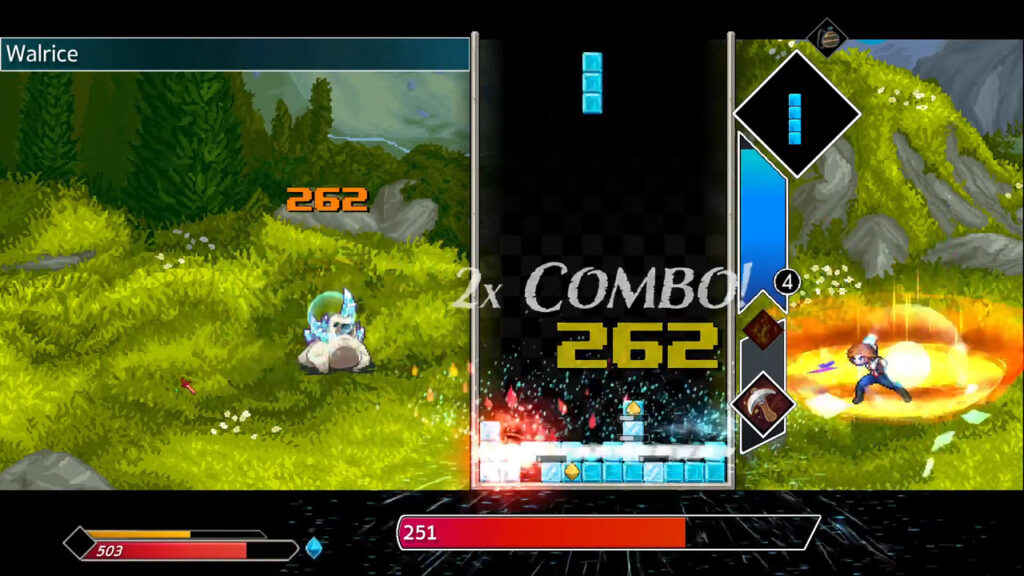
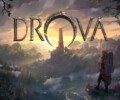



No Comments